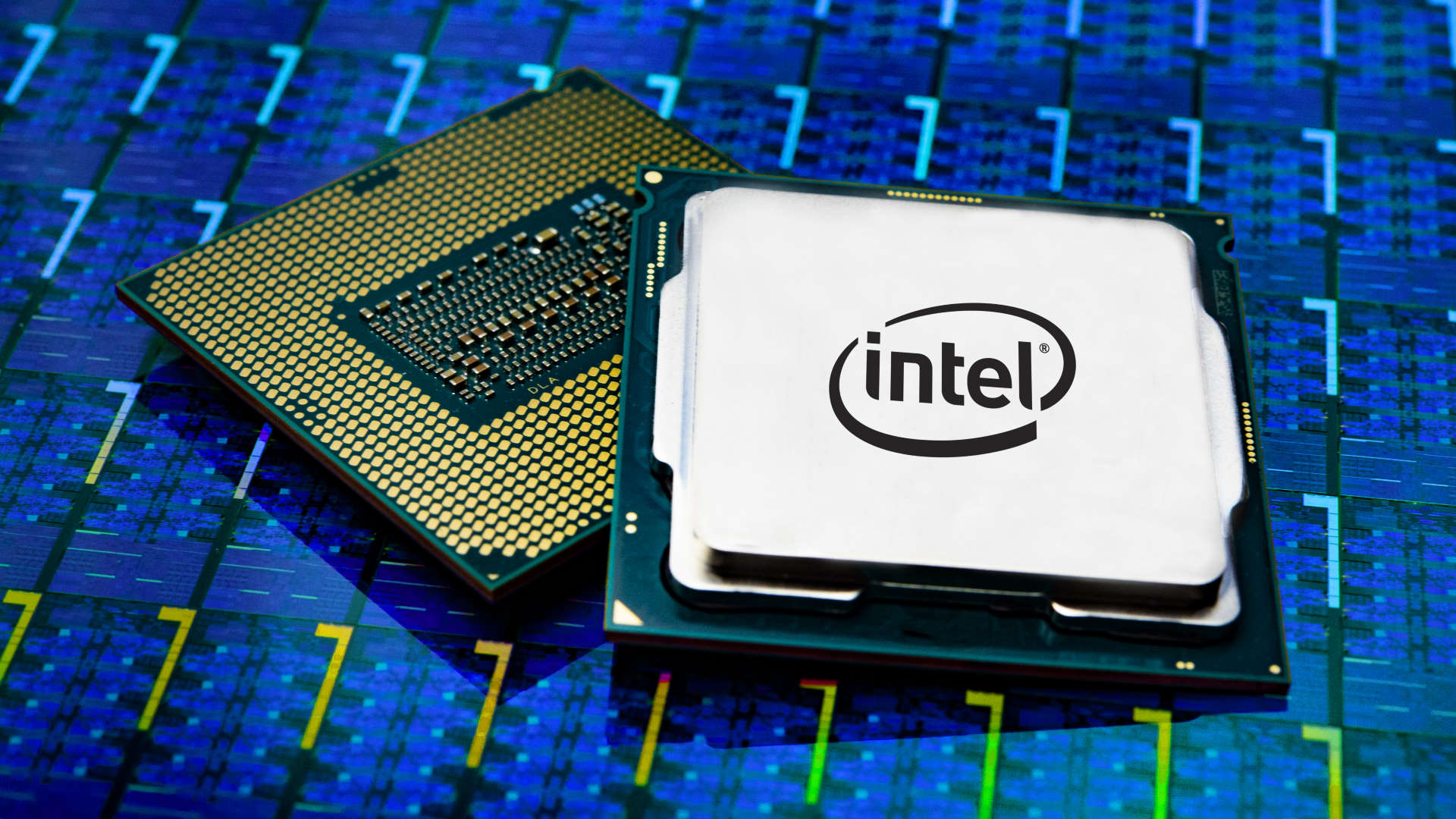10-core Intel Comet Lake CPUs draw the same power as an RTX 2080
The new 10th Gen desktop chips are going to be hot and hungry for power.

If you want to get a consistent turbo clock speed out of your new ten-core Intel Comet Lake processor you're going to need some serious cooling. And a monster power supply too, because at peak performance the CPU alone wants to draw 224W. That's higher than the TDP of an Nvidia RTX 2080 graphics card and actually about what we've measured in terms of peak 2080 board power too, which is… a lot even for a desktop processor.
We had heard reports that Intel had been holding back the release of its new range of 10th Gen desktop processors because the flagship ten-core Comet Lake CPU, the Core i9 10900-series, was getting rather thirsty. It was suggested that motherboard makers were getting frustrated with the delay—they'd supposedly had new Z490 motherboards ready for a while—and that Intel was working on getting that hefty power draw down.
Now it looks like maybe Intel has given up, and is simply going with what it's got. The Comet Lake launch announcement is rumoured to happen at the end of the month, with a release later in May. And a freshly leaked screenshot of a Core i9 10900F, one of the ten-core chips without graphics silicon inside it, now shows the PL1 and PL2 ratings of the CPU. And they're incredibly high.
You're probably more familiar with the term TDP, or thermal design point, of a processor—that relates to this first PL1 rating. It stands for power level one and is the rating in Watts that the chip will run at under long-term load. In this case the PL1 rating is 170W, which means the top Intel Comet Lake processors will effectively have a 170W TDP.
The 7nm AMD Ryzen 9 3950X, a 16-core, 32-thread processor, has a TDP of just 105W (though in reality it gets to around 146W under full load), and it's looking like no matter how many '+' signs Intel sticks after its 14nm process the elderly architecture really is straining under the pressure of Comet Lake's extra core count. These 10th Gen CPUs are essentially using the same 14nm technology we've had in our PCs since 2015, so that's probably not a huge surprise to anyone.
The interesting thing here is that the PL1, or effective TDP, is only one part of the picture. The PL2 rating of 224W shows that when the 10900F is aiming for a short-term burst of power—what we normally refer to as entering its Turbo mode—it needs a huge amount of power to sustain that performance across all ten cores.
i9-10900F 10C20TPL1 170WPL2 224WAll Core Turbo 4.5Ghzhttps://t.co/jCyM6wpjTv pic.twitter.com/qhR3puOSStApril 7, 2020
And, from the latest leak, we can see that even drawing that level of power it's only running at 4.58GHz. Compare that to the limited edition Core i9 9900KS, which could run at 5GHz across all of its eight cores, and ran at what looks like a PL2 rating of just over 170W. Or the lower power level of Comet Lake.
The biggest gaming news, reviews and hardware deals
Keep up to date with the most important stories and the best deals, as picked by the PC Gamer team.
The long and short of all this is that you're really going to want to have one of the best CPU coolers on the planet, and a pretty hefty PSU too, if you decide to upgrade your gaming PC to the next-gen Intel Comet Lake processors.
And it looks like a 240mm liquid chip chiller is also going to be de rigueur for any of the 10th Gen K-series chips. Otherwise you're unlikely to be seeing the true potential of the last days of Skylake architecture.

Dave has been gaming since the days of Zaxxon and Lady Bug on the Colecovision, and code books for the Commodore Vic 20 (Death Race 2000!). He built his first gaming PC at the tender age of 16, and finally finished bug-fixing the Cyrix-based system around a year later. When he dropped it out of the window. He first started writing for Official PlayStation Magazine and Xbox World many decades ago, then moved onto PC Format full-time, then PC Gamer, TechRadar, and T3 among others. Now he's back, writing about the nightmarish graphics card market, CPUs with more cores than sense, gaming laptops hotter than the sun, and SSDs more capacious than a Cybertruck.

